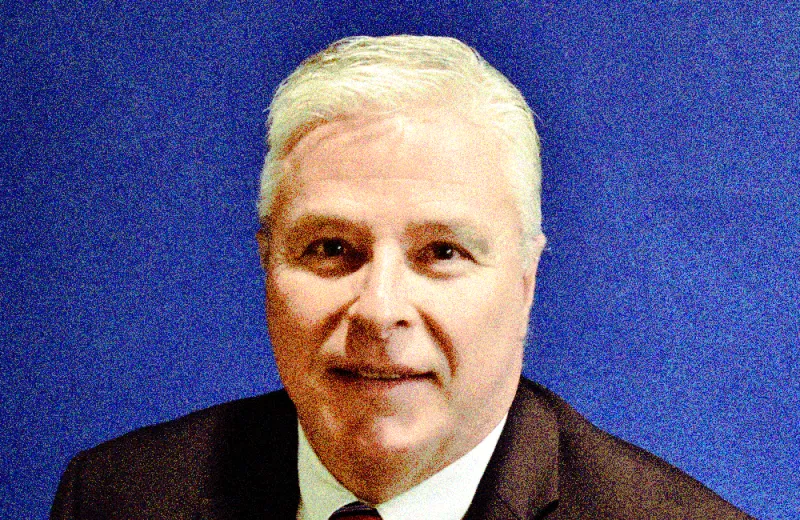Despite Aflac’s buy-and-hold strategy for its $125 billion portfolio, the insurer’s new chief investment officer, Brad Dyslin, says he isn’t standing still.
Dyslin, who was one of the first people to join Aflac’s 150-person investment team almost 11 years ago, stepped into the CIO role in January when Eric Kirsch retired.
“I hate the term buy-and-hold because it implies a sort of lazy indifference to managing the portfolio,” Dyslin said. “I get asked a lot: How are you changing your strategy in this uncertain environment? But you don’t wait to see storm clouds to start weather proofing your house.”
Over the past few years, Aflac has been growing its allocation to private credit, with a particular focus on direct lending to middle market companies. This is where Aflac is getting the bulk of its below investment-grade credit exposure.
But Dyslin said standards have been “slipping” in private direct lending over the past few years, including higher leverage and fewer covenants or lender protections. To protect itself, the insurer has hired private credit firms that specialize in senior secured, first-lien loans and holds the entire loan (or shares with one other investor) in a separately managed account. The insurer also uses SMAs so it can set specific standards for what it will buy.
“That means we’re control freaks,” Dyslin said. “We give them the guidelines and rules of the road.
Aflac has also acquired stakes in three of the credit firms it uses, giving Aflac an immediate income stream from the equity and potential upside as the asset managers grow over time. Right now, Aflac has partnerships with firms in transitional real estate, middle market lending, and sustainable infrastructure.
Aflac has so far avoided direct pain from the recent banking crisis. The insurer didn’t have exposure to Silicon Valley Bank, Signature Bank, Silvergate Capital, or AT1 bonds issued by Credit Suisse.
Aflac has $5.6 billion in bank securities, with $1.4 billion in U.S. banks. Only $13 million is invested in three smaller regional banks.
“We are encouraged by the significant and decisive action taken by regulators to address the current market environment,” Dyslin said in an email follow-up to the interview. “It remains to be seen if additional support will be required and the impact to the macroeconomy, especially as the Fed juggles the increased risk of a hard landing against inflation that remains well above target.”
On Wednesday, the Federal Reserve released its latest interest rate hike — 25 basis points — and signaled that it could be one of its last.
“While we are not immune from broad market pressures, we believe we will continue to benefit from our disciplined approach focused on asset allocation, diversification, and underwriting to proven economic fundamentals regardless of the market backdrop,” Dyslin said.
While the crisis is, of course, on his mind, Dyslin is also working on the next steps he plans to take as the investment team’s leader. He hopes to maintain and build on the culture that his predecessor, Eric Kirsch, left behind when he retired.
Aflac is working on a new strategic asset allocation that incorporates a long-term view of performance, asset-liability management, corporate objectives for liquidity and risk, and an entirely new market environment.
“We’ve got this new market of higher rates,” Dyslin said. “We’ve got inflation for the first time in 40 years. We’ve got growth in private credit and debt strategies. We will come up with an optimal allocation that we will kick off later this year.”







